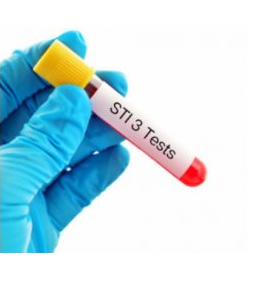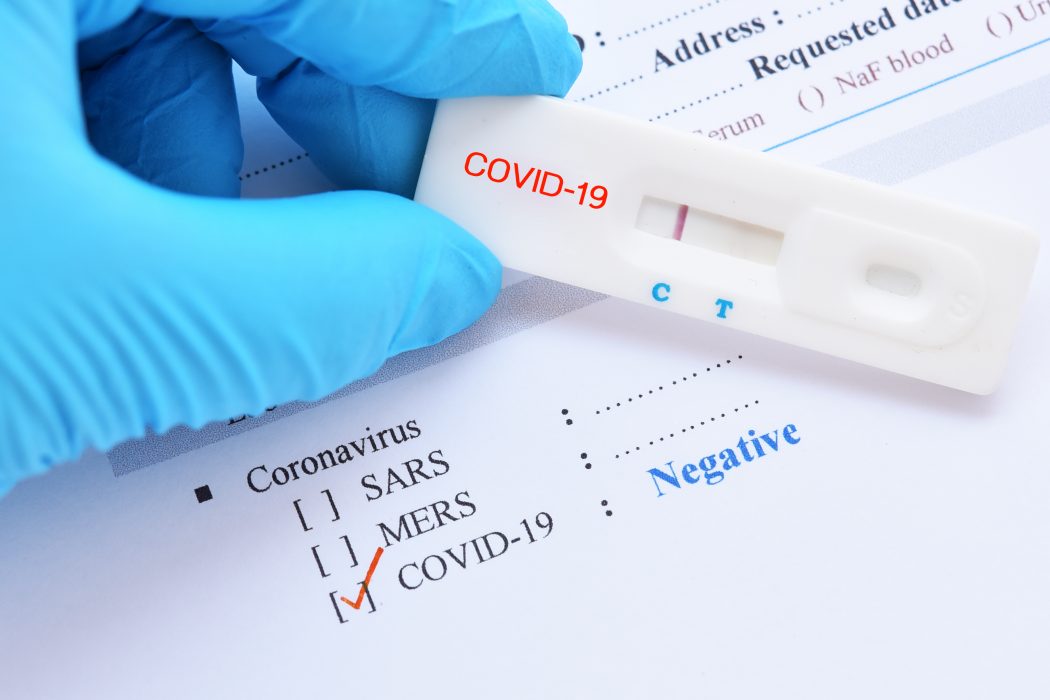The COVID-19 pandemic has brought about numerous challenges for people worldwide. In London, the capital city of the United Kingdom, one of the critical challenges the public faces is the monitoring for the virus. Screening for coronavirus plays a crucial role in identifying and containing the spread of the virus. However, several obstacles have arisen that make it difficult for the public to access these investigations conveniently. In this article, we will explore some of the challenges people face regarding covid testing in London.
Along with this, we’ll also discuss various challenges faced by the public to undergo STD testing.
Limited Covid-19 Testing Centers:
One of the primary challenges the public faces in London is the limited availability of monitoring centers. As the demand for screening increased during the pandemic, it strained the existing examining facilities. This resulted in long waiting times and limited appointment slots, making it challenging for individuals to book an investigation when needed. Many people had to travel long distances to access a screening center. This situation results in inconvenience and adds to the difficulty of obtaining an investigation.

Covid-19 Test High Demand and Backlogs:
The high demand for this exam has led to significant backlogs in processing and delivering results. Sometimes, individuals have had to wait for days or weeks to receive their results. This delay can hinder efforts to quickly identify and isolate infected individuals, thereby impacting the effectiveness of contact tracing and the overall management of the pandemic. The long wait times for results have caused anxiety and uncertainty among the public.
Lack of Monitoring Options:
Initially, elite monitoring centers, hospitals, or clinics undergo these exams. The lack of monitoring options created challenges for individuals, especially those unable to visit these locations, for various reasons such as mobility issues or lack of transportation. Although efforts are made to introduce home testing kits and mobile monitoring units, the accessibility of these options remains limited, leaving many people with few alternatives for getting screened.
Communication and Information Gap:
Clear and accessible communication is essential during a public health crisis. However, there have been instances of confusion and wrong information regarding the monitoring of corona. Some individuals have reported difficulty finding the correct and latest news about monitoring center locations, monitoring criteria, and appointment procedures. This lack of clear communication has added to the challenges the public faces, causing anger and holding up their ability to get rapid monitoring.
Challenges Faced by Public Getting STD Tests During Pandemic
The pandemic has brought about significant challenges for people in various aspects of their lives, including accessing medical services. One such area is the screening for sexually transmitted diseases in London. Monitoring sexually transmitted diseases is crucial for maintaining sexual health and preventing the spread of infections. However, during the pandemic, several obstacles have made it difficult for the public in London to access these check-ups conveniently. Let’s explore some of the challenges faced by the people of London when it comes to monitoring sexually transmitted diseases during the pandemic

Limited Availability of Screening Centers: One of the public’s primary challenges is the limited availability of STD testing centers. The pandemic has put a strain on medical resources. Many clinics that offer the screening of sexual diseases have been redirected to focus primarily on monitoring corona infection and treatment. As a result, the number of available monitoring centers for STDs has decreased, leading to wait times and limited appointment slots longer. This results in making rapid and efficient checking more difficult.
Fear of Exposure and Stigma:
The fear of exposure to the coronavirus has deterred some individuals from seeking covid testing in London during the pandemic. They may be concerned about visiting medical centers due to the possible risk of contracting the infection-19. Additionally, a significant stigma is still there with sexual diseases, discouraging people from seeking monitoring and treatment. The fear of judgment and discrimination climb to the next level during the pandemic. This fear made it even more difficult for individuals to overcome these barriers and access the necessary monitoring services.
Reduced Outreach and Education Efforts:
The pandemic has damaged many public health outreach and education initiatives, including STD prevention and monitoring. Community organizations and health agencies typically provide information, resources, and support for the monitoring of diseases. These organizations also faced limitations in their activities. This reduced outreach has resulted in a lack of awareness among the public about the importance of STD monitoring and its available options. The lack of education and resources further increases the challenges and difficulties faced by individuals seeking STD monitoring during the pandemic.
Limited Access to Home Monitoring:
While home monitoring options for COVID-19 have become more widely available, the same level of accessibility has not been extended to monitoring sexual diseases during the spread of the SARS-CoV-2. Home monitoring kits for sexual infections are not as readily accessible or well-known. This situation means that individuals may need to be aware that such options exist. The lack of valuable and careful home monitoring options can be a significant challenge for people who prefer to maintain their privacy or cannot visit a monitoring center.
Conclusion:
Getting checked for COVID-19 is crucial for finding and containing the virus. However, one must recognize the challenges the public has encountered regarding COVID testing in London. Lack of screening centers and monitoring options, high demand, backlogs, and communication gaps have made it difficult for individuals to access monitoring services easily. Along with this, the challenges faced by the public during the pandemic have made accessing STD testing more difficult. Some significant points making monitoring difficult are the fear of exposure and stigma, less outreach, and low access to home monitoring.


